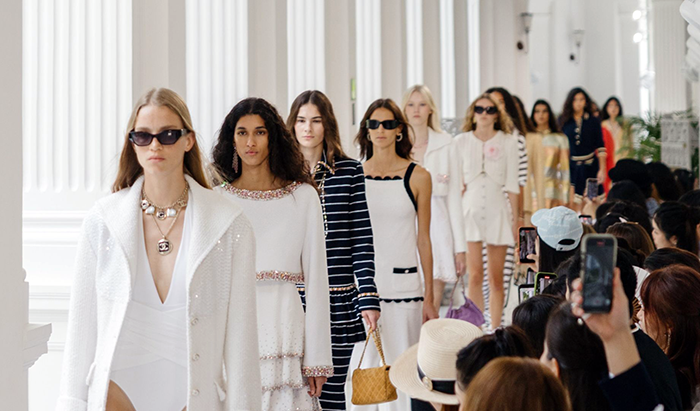
Chanel Cruise 2026 collection shown in Singapore.
According to Fortune Business Insights, the luxury market in the Asia- Pacific region is expected to reach about 199 billion USD, accounting for about 40% of the global market share by 2024. With steady annual growth, Fortune Business Insights forecasts that the region will grow at an average of 3.9-5% per year until 2033, the highest in the world.
Experts point out that the Asian middle class is growing rapidly, about 6 times faster than the rest of the world . In particular, the young generation accounts for a high proportion of the population structure and luxury product consumption is considered by them as part of their lifestyle. In particular, the markets that are currently receiving much attention in Asia are Southeast Asia, Japan, India, Korea, and China.
Singapore is currently a Southeast Asian market that many international brands want to cover. Specifically, Chanel brought its latest Chanel Cruise 2026 collection to Singapore in the first week of November 2025. Chanel chose Singapore based on data from Mordor Intelligence: the luxury goods market in Singapore is expected to be worth about 10.45 billion USD in 2025. This country is emerging as a high-end experience economic center with a luxury shopping ecosystem, high-end tourism and contemporary cultural industry.
Meanwhile, Japan is now a large consumer market for luxury goods. The hashtag “JapanShopping” on social media has more than 846 million views, especially from China. Accordingly, tourists from China and other places often come to Japan to travel and shop. They do not come to Japan because of cheap goods, but because Japan has special luxury goods. Specifically, in areas such as Ginza, Omotesando, Tokyo... shoppers from all over gather to look for classic items from famous brands, limited editions, or collaboration products - which can only be found in Japan. Japan is now considered a destination for “strategic consumption” in the intentional shopping trips of luxury consumers.
A survey from Vogue Business shows that 88% of Asian consumers consider “value retention and sustainability” as the top criteria when choosing luxury products. Therefore, luxury items that are sustainable, limited edition, handcrafted or associated with special stories will be more popular and sought after. In fact, the luxury goods market in Asia has its own characteristics, not increasing in quantity or scale but in the value of the products. In particular, the origin and indigenous cultural factors are important conditions to help luxury goods effectively reach consumers in this region.
BAO LAM (Synthesized from Reuters, Vogue Business, JNTO)
Source: https://baocantho.com.vn/chau-a-tro-thanh-thi-truong-xa-xi-moi-a193991.html


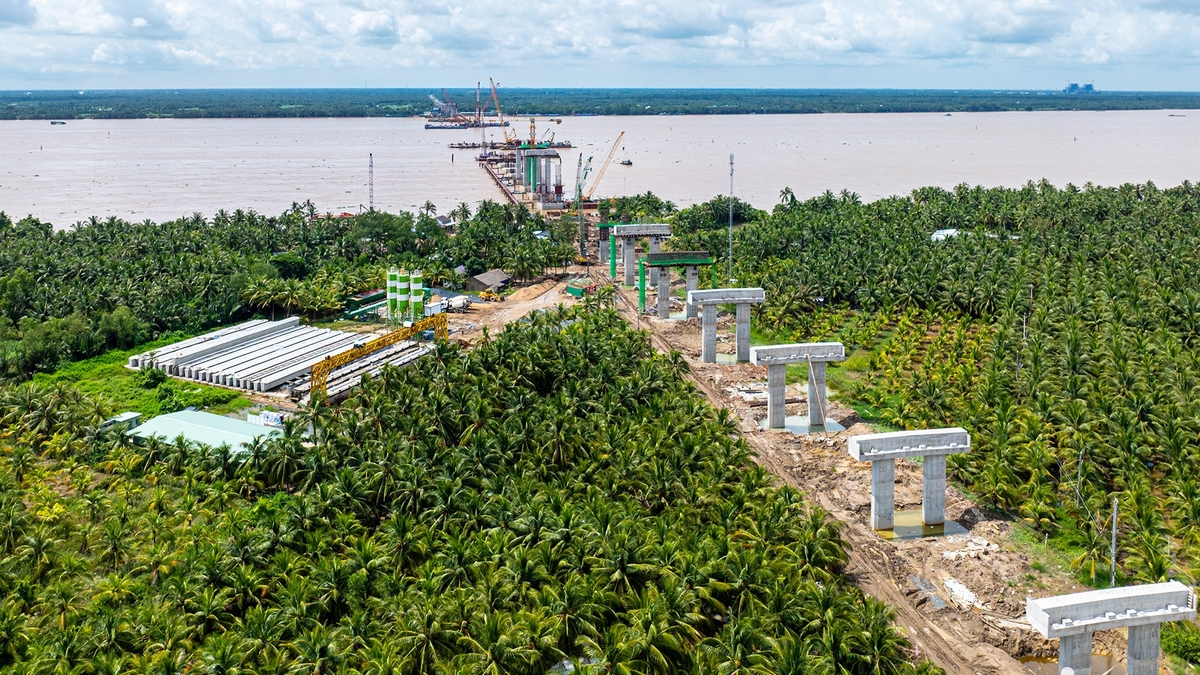

![[Photo] Prime Minister Pham Minh Chinh meets with representatives of outstanding teachers](https://vphoto.vietnam.vn/thumb/1200x675/vietnam/resource/IMAGE/2025/11/15/1763215934276_dsc-0578-jpg.webp)







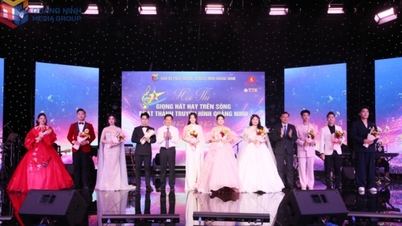

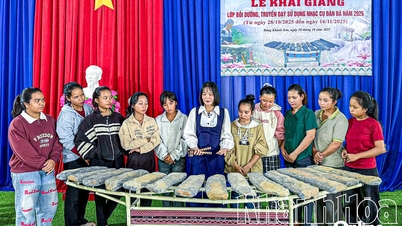










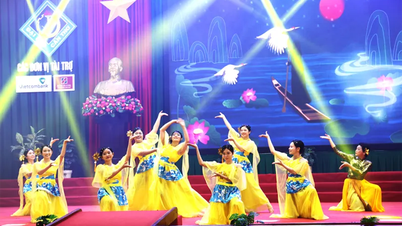




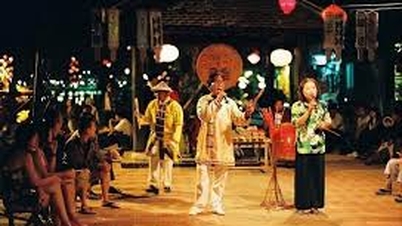







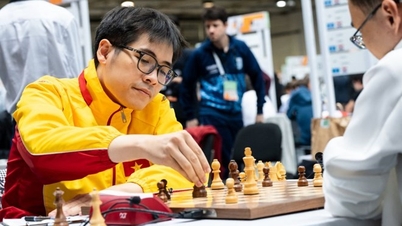

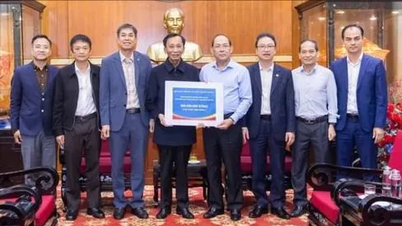






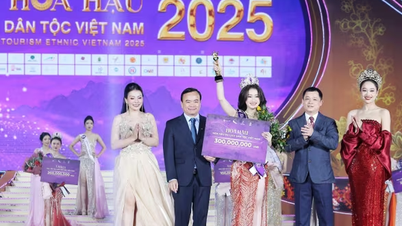
















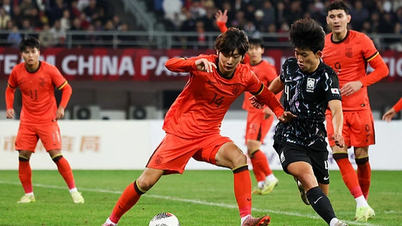
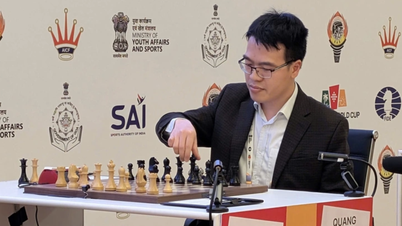











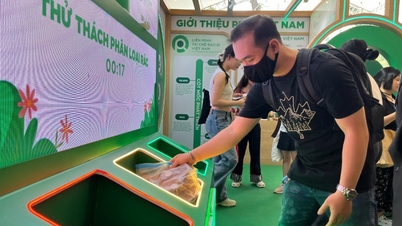









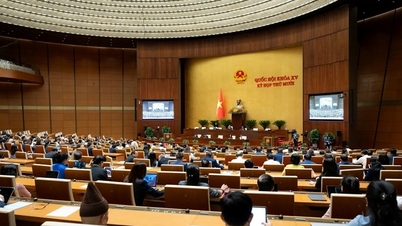

















Comment (0)